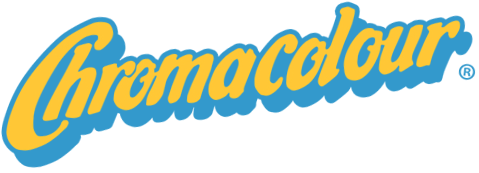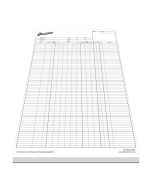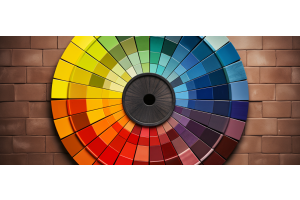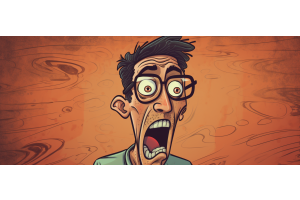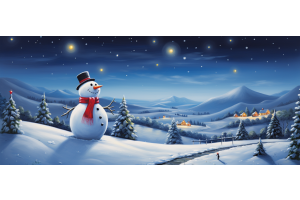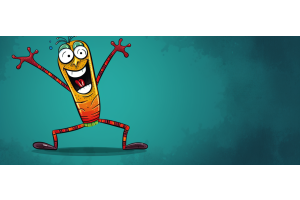Unveiling the Magic: Rotoscoping
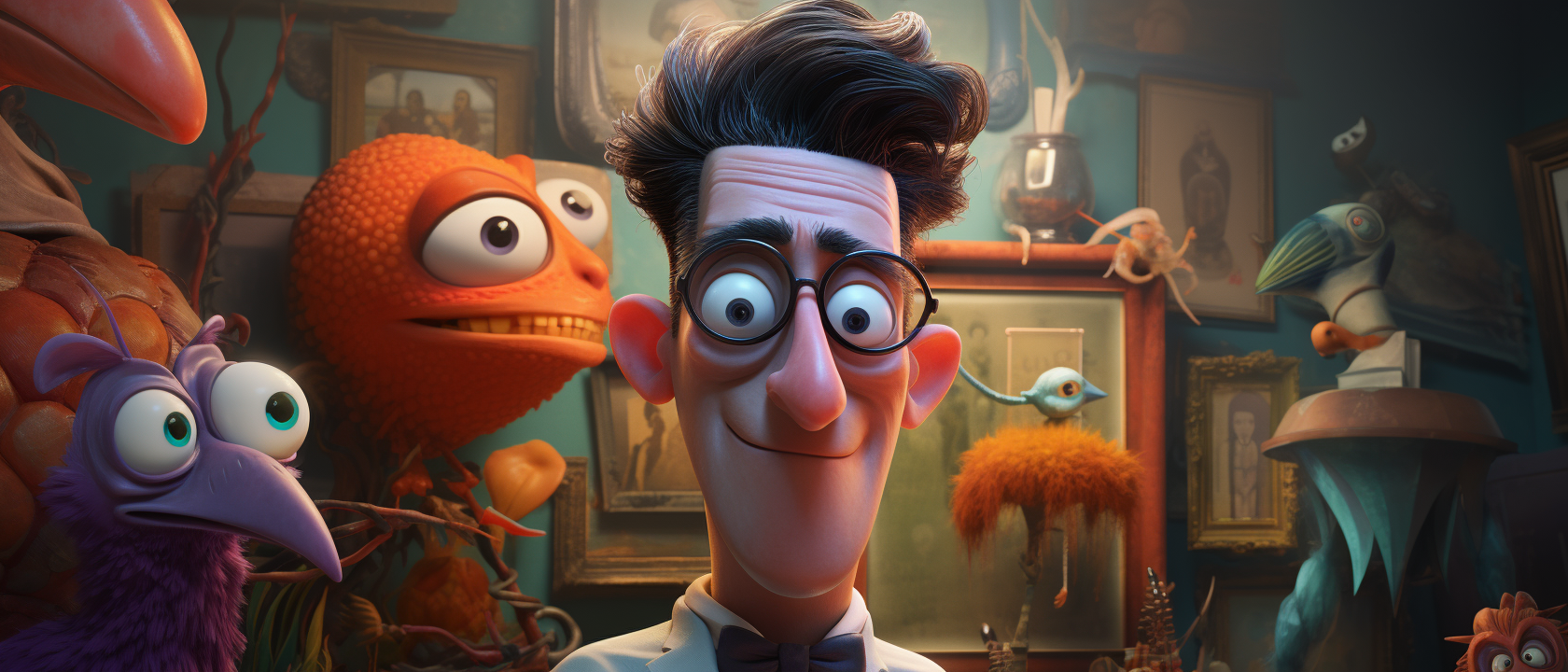
Unveiling the Magic: Rotoscoping in Cartoon Animation
Rotoscoping is a fascinating animation technique that has been employed in the world of cartoon animation to add a touch of realism and fluidity to characters' movements. Originating from the early days of filmmaking, rotoscoping involves tracing over live-action footage frame by frame to create animated sequences. In the realm of cartoon animation, rotoscoping serves as a powerful tool to bring characters to life with lifelike movements while maintaining the charm of traditional hand-drawn animation. Disney, although not the pioneers of the technique famously used it to great effect in their 1937 release of Snow White and the Seven Dwarfs.
Before diving into the rotoscoping process, it's crucial to have a well-thought-out plan for your cartoon animation. Define the style, tone, and overall aesthetic you want to achieve. Additionally, carefully select the scenes or actions you intend to rotoscope, ensuring they align with the narrative and artistic vision of your project.
Rotoscoping begins with live-action footage that serves as a reference for animators. Film actors or performers executing the actions of your characters can provide invaluable material. Record the footage with a clear understanding of the timing, spacing, and nuances of the desired movements. This footage will act as a guide throughout the rotoscoping process.
Select the appropriate tools for rotoscoping based on your project's requirements. Traditional animators may opt for hand-drawn frames, while digital animators can leverage specialised software such as Adobe After Effects. This type of program provides a range of features and controls that streamline the rotoscoping workflow.
Import your reference footage into the chosen animation software. Adjust the opacity of the live-action layer to make it partially visible, allowing animators to trace over the footage accurately. This transparency aids in aligning the animated elements with the reference, ensuring precise synchronization between the live-action and animated components.
Begin the meticulous process of rotoscoping by tracing each frame of the reference footage. Pay close attention to details such as facial expressions, hand movements, and body language. This step requires patience and a keen eye for capturing the essence of the performance while adapting it to the cartoon style.
While rotoscoping provides a realistic foundation, this technique allows for artistic interpretation and embellishments. Inject the unique characteristics of your cartoon style into the animation. Experiment with exaggerating movements, adding expressive features, and incorporating stylistic elements that enhance the overall visual appeal.
Review the animated sequence to identify areas that require refinement. Adjust the timing, pacing, and overall fluidity of the animation to achieve a cohesive and visually pleasing result. Utilize the software's features for easy manipulation of frames and transitions.
Rotoscoping in cartoon animation is a captivating process that blends the authenticity of live-action reference with the creative freedom of animation. By carefully planning, selecting the right tools, and adding artistic touches, animators can produce compelling and dynamic cartoon sequences that captivate audiences with their seamless blend of reality and fantasy.
